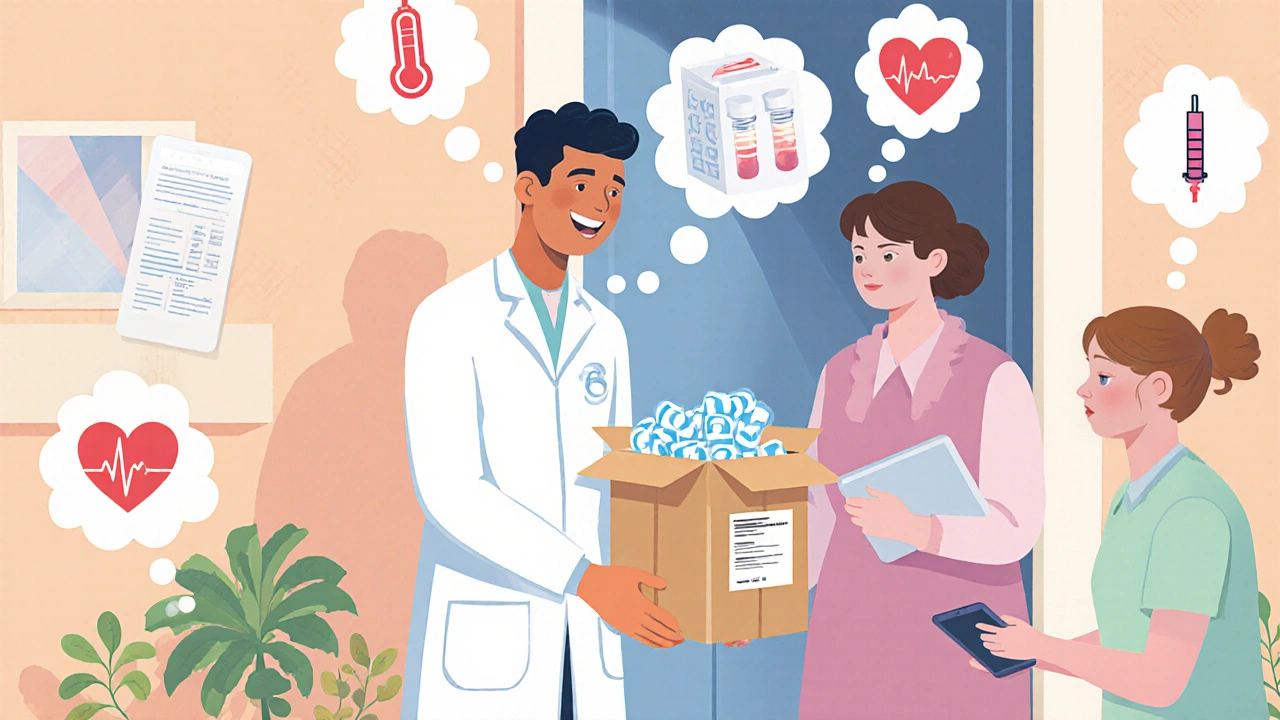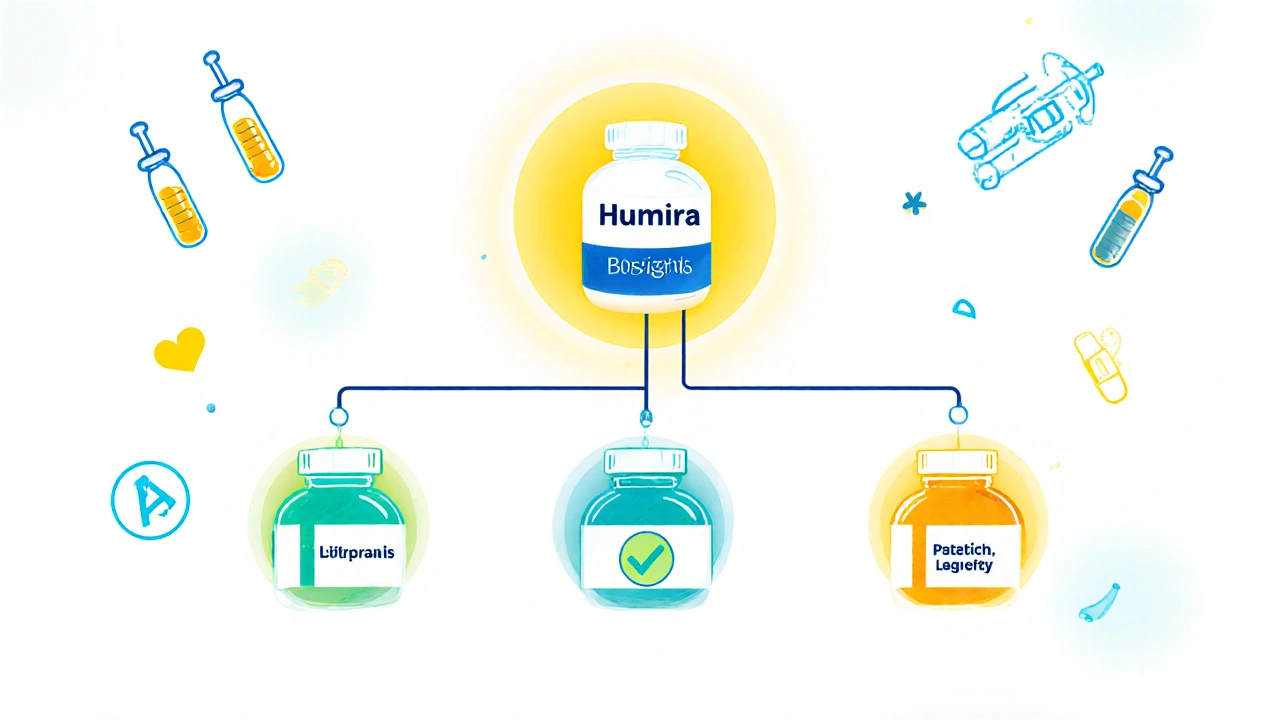When you hear biosimilars, highly similar versions of complex biologic drugs that are not exact copies but are proven to work the same way. Also known as follow-on biologics, they’re changing how we treat cancer, arthritis, and autoimmune diseases by bringing down prices without sacrificing effectiveness. Unlike regular generics, which are simple chemical copies of pills, biosimilars are made from living cells—so they’re more like a close cousin than a twin of the original drug. They still need to pass strict tests to prove they work just as well and are just as safe.
Why does this matter? Because biologics, large, complex drugs made from living organisms, often used for chronic conditions like rheumatoid arthritis or Crohn’s disease can cost over $100,000 a year. Generic drugs, simple, chemically identical copies of brand-name pills cut costs by up to 95%, but biosimilars are the only option to bring down prices for biologics—drugs that can’t be copied like aspirin. That’s why insurers are pushing them hard. They know that if patients can get the same results for $30,000 instead of $120,000, more people can stay on treatment.
But there’s a catch. Many doctors and patients still don’t trust biosimilars because they’re not exact copies. Some worry switching from a brand-name biologic to a biosimilar could cause problems—even though studies show it’s safe. Others don’t realize their insurance plan might force the switch. And not all biosimilars are created equal. Some work better for certain conditions, and some are approved for fewer uses than the original. That’s why knowing your options matters.
What you’ll find here isn’t marketing fluff. It’s real talk about how biosimilars fit into your treatment plan, why your insurer might push them, and how to tell if they’re right for you. You’ll see how they stack up against brand-name drugs, what the real-world data says, and why some patients still struggle to get access—even when the science says they should work. This isn’t about theory. It’s about what’s happening in clinics, pharmacies, and insurance offices right now.
Posted by
Jenny Garner
13 Comments

Specialty pharmacies handle generic specialty drugs with the same care as branded ones-because the complexity isn’t in the price, it’s in the treatment. Learn how providers ensure safe, effective dispensing despite changing drug labels.
read morePosted by
Jenny Garner
13 Comments

The FDA's Purple Book is the official source for tracking approved biological products, biosimilars, and interchangeable biologics. Learn how it works, what interchangeability really means, and how it affects your prescriptions.
read more